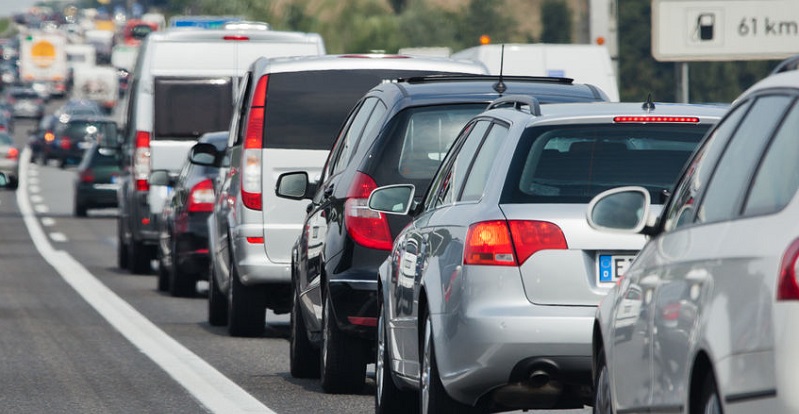Any driver in Colorado found to be more than 50 percent responsible for an auto accident will be barred from seeking compensation from other parties.
Learn How Fault Is Determined in Colorado
A chain-reaction automobile accident is a collision involving three or more vehicles. It often happens when the impact of one collision precipitates a succession of rear-end collisions.
How do chain-reaction accidents happen?
Most chain-reaction collisions occur when one vehicle slams into another, causing it to veer out of control and to hit or be hit by a third vehicle. Some common scenarios:
- Two or more vehicles are lined up at an intersection when still another vehicle rear-ends the last car in the line, creating a domino effect.
- A driver comes to a sudden stop so that he is hit by the vehicle behind him, in consequence of which a third driver, unable to stop, collides with the second vehicle.
- A rear-end crash occurs between two vehicles stopped at a red light, pushing the first vehicle into the intersection, where it collides with oncoming traffic.
Bad weather is often the cause of a multiple-car collision, particularly when heavy fog, ice, snow, heavy rain, or smoke is involved. A sudden medical problem like a stroke, seizure, or heart attack can also set off a chain-reaction accident. In such act-of-God circumstances, all drivers may escape liability for the accident, with the matter being settled by the insurance carriers of each individual.
Who is liable in other chain-reaction car crashes?
Whenever more than two vehicles are involved in a Colorado car accident that is at least partly the fault of one or more of the drivers, determining liability can be tricky. It is often assumed that the driver who caused the first collision is responsible for the entire accident. But this is not always so.
To further complicate matters, Colorado is a modified comparative fault state. In such states, persons injured in the pileup can pursue compensation only if their own degree of fault for the collision is 50 percent or less. Any driver found to be more than 50 percent responsible will be barred from seeking compensation from other parties.
To establish liability, the actions of all drivers involved must be analyzed to determine which may have helped cause the accident. Conduct that can lead to chain-reaction accidents includes speeding, tailgating, failure to signal or to observe traffic signs, distracted driving, overdriving amid difficult road conditions, and aggressive driving.
Evidence of Liability for a Chain-Reaction Accident
After the accident has been investigated, one or more drivers may be found at least partly responsible for it. If a ticket was issued to one of the drivers, this may be enough to prove the liability of that driver. But others may also be at fault. Many sources of evidence can help establish liability:
- Eyewitness accounts by the drivers and passengers involved, pedestrians, and the drivers of other vehicles.
- Accident reports prepared by law enforcement personnel, which may include information about traffic citations issued at the scene.
- The damage sustained by each vehicle.
Because chain-reaction accidents can involve many drivers and legal issues, competent legal advice is essential. If you or a loved one has been injured in such an accident, contact Dan Rosen at (303) 454-8000 or (800) ROSEN-911 to schedule your free initial consultation with an experienced Colorado personal injury attorney.

